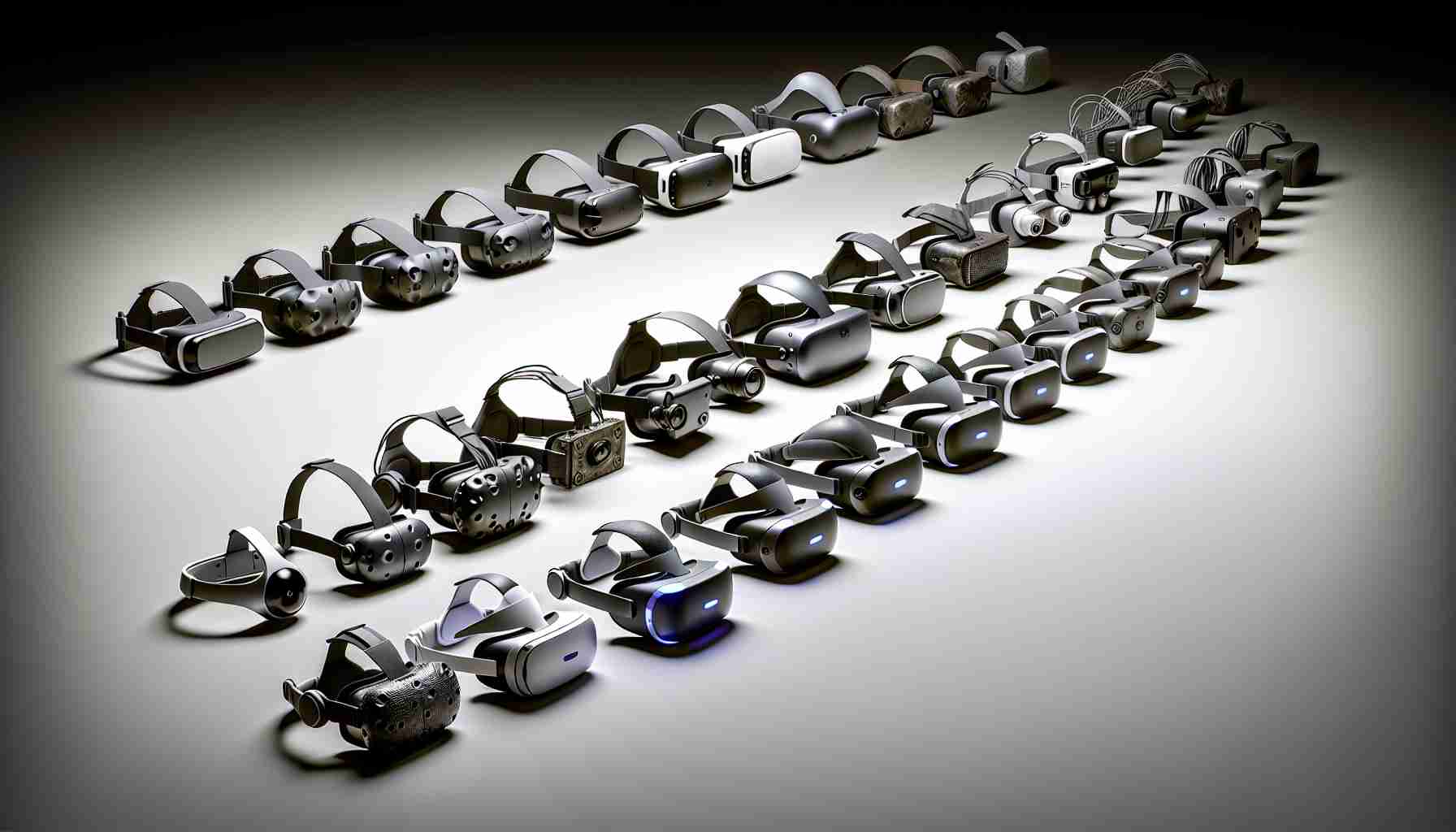A groundbreaking development in the world of virtual reality has been unveiled with the latest release of the cutting-edge VR headset. Gone are the days of incremental upgrades, as this new device boasts a range of impressive improvements that set it apart from its predecessors.
One of the most notable enhancements is the integration of dual IR sensors for enhanced depth mapping, a substantial leap forward from the single sensor used in previous models. This breakthrough innovation greatly enhances the device’s performance, particularly in low-light environments, providing users with an unparalleled virtual experience.
Beyond the enhanced sensors, the new headset features a state-of-the-art Qualcomm Snapdragon XR2 SoC, ensuring seamless performance and responsiveness. Additionally, compatibility with Meta’s latest Touch Plus controllers offers users a new level of interactive engagement, further elevating the overall VR experience.
While some components have been carried over from previous models, this strategic decision has not compromised the headset’s quality. In fact, it has allowed for a more cost-effective price point, making this revolutionary technology accessible to a wider audience.
With these advancements, the virtual reality landscape is being redefined, offering users an unparalleled level of immersion and interactivity. Get ready to step into a new era of virtual reality with this groundbreaking headset.
Additional Facts:
– Virtual reality headsets are increasingly used in various industries, such as healthcare for medical training simulations, architecture and design for virtual walkthroughs of buildings, and entertainment for immersive gaming experiences.
– The field of virtual reality is rapidly evolving, with ongoing research and development focusing on improving graphics quality, reducing motion sickness, and expanding the range of experiences available to users.
Key Questions:
1. What are the privacy and data security concerns associated with using virtual reality headsets?
2. How does long-term use of VR headsets impact eye health and vision?
3. What advancements are being made in the field of haptic feedback to enhance the sense of touch in virtual reality experiences?
Advantages:
– Immersive experiences that allow users to feel like they are truly present in a virtual environment.
– Expanded possibilities for entertainment, education, training, and communication.
– Potential for enhancing empathy and understanding through virtual simulations of different perspectives and experiences.
Disadvantages:
– Risk of motion sickness and discomfort, particularly in users who are prone to these symptoms.
– Potential for isolation and disconnection from the real world when using VR headsets for extended periods.
– Concerns about the impact of prolonged exposure to virtual environments on mental health and well-being.
Related Links:
– Oculus
– HTC Vive
– Samsung Gear VR



